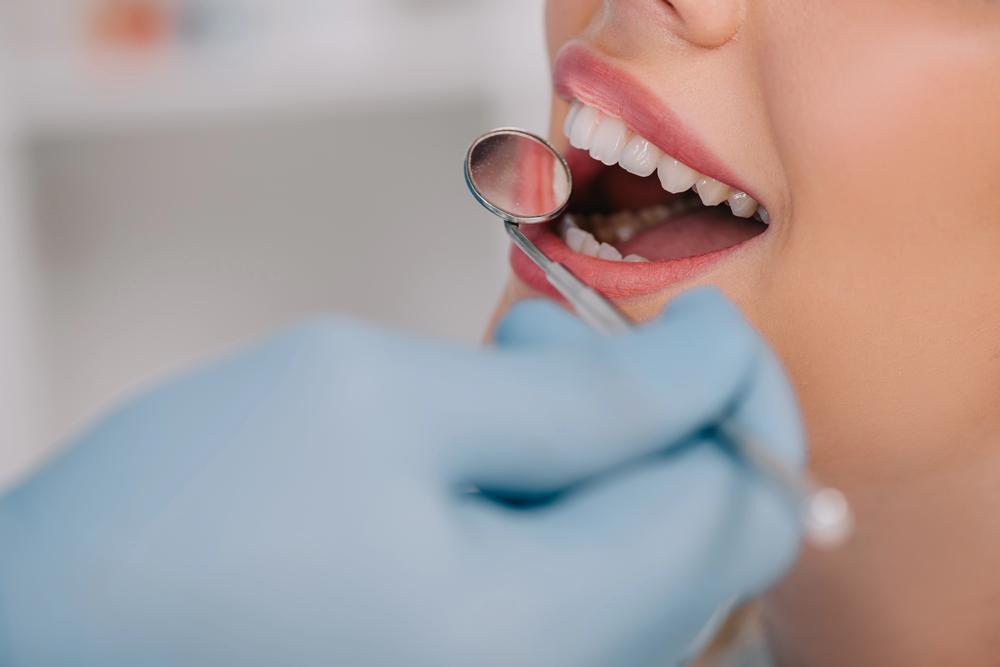There is something universally disarming about a bright, white smile. It communicates vitality, health, and confidence in ways words cannot. Yet, for all the advances in cosmetic dentistry, one of the greatest challenges patients face is not achieving whiter teeth—it’s maintaining the results. Teeth whitening, despite its effectiveness, is subject to the natural processes of biology, chemistry, and lifestyle. Understanding these processes is essential for those who want results that last beyond the fleeting brilliance of a few weeks. Let us explore the real ultimate guide to smile longevity through the lens of science.
The Chemistry Behind Whitening—and Fading
At the heart of teeth whitening lies the chemistry of oxidation. Whitening gels, typically powered by hydrogen or carbamide peroxide, release reactive oxygen molecules that penetrate enamel and dentin, breaking down chromogenic compounds responsible for discoloration. The effect is both profound and immediate: teeth appear several shades lighter in just one session.
But the whitening process is not permanent. Enamel is porous, meaning pigments from food, beverages, and even natural aging processes can re-enter the tooth structure. Just as oxygen molecules diffuse in, so do staining molecules. Coffee, red wine, tea, and tobacco are frequent culprits, binding to enamel surfaces and undoing the aesthetic transformation. Without an intentional plan rooted in science, the initial glow will inevitably diminish.
The Role of Enamel Integrity
One of the least discussed yet most critical factors in smile longevity is enamel health. Enamel does not regenerate. Once worn or weakened, its ability to resist stains is compromised. Toothpastes with abrasive particles, overuse of whitening strips, or highly acidic diets can thin enamel, making it easier for discoloration to occur.
Here, science offers a preventative approach. Products fortified with fluoride or nano-hydroxyapatite help remineralize enamel, reinforcing its crystalline structure. Stronger enamel is not only more resilient against cavities but also less vulnerable to discoloration. A proactive enamel-care regimen is the unsung cornerstone of maintaining whitening results.
Saliva: Nature’s Whitening Ally
While often overlooked, saliva is a critical component of natural oral health. It regulates pH, provides minerals for remineralization, and cleanses the mouth of staining particles. A healthy flow of saliva acts like a natural whitening maintenance system, constantly buffering acids and washing away potential pigments before they can bind.
This is why dehydration, certain medications, and mouth breathing can accelerate discoloration. Science suggests that promoting hydration and stimulating saliva flow through sugar-free gum or xylitol-based products can have a measurable impact on extending the effects of whitening treatments.
The Lifestyle Equation
No matter how sophisticated whitening technology becomes, lifestyle remains an undeniable variable. A person who smokes daily or consumes three cups of coffee each morning will experience faster relapse than someone with a low-stain diet. But this is not simply about avoidance—it is about balance and strategic intervention.
For example, drinking dark beverages through a straw reduces contact with enamel. Following coffee or wine with water helps dilute pigments before they set in. Regular professional cleanings remove early surface stains before they become embedded. Longevity in whitening is less about rigid restriction and more about aligning everyday choices with biological realities.
Whitening Maintenance: The Scientific Continuum
To maintain results, think of teeth whitening not as a one-time event but as a continuum. After initial in-office whitening, periodic touch-ups using at-home trays or dentist-supervised products reinforce brightness. The science here is cumulative—shorter, controlled reapplications prevent deep re-staining without the risks of overexposure to peroxide.
Emerging innovations are making maintenance even more precise. LED-activated systems enhance peroxide efficiency, allowing for lower concentrations and reduced sensitivity. Nanotechnology is being explored to create enamel coatings that repel stains, offering a more sustainable whitening shield.
Psychological Science of Smile Longevity
It is not just the biology of teeth that matters—it is also the psychology of perception. Studies in cognitive science reveal that people equate whiteness with health and youth. A brighter smile can trigger positive feedback loops: increased confidence leads to better social interactions, which in turn motivates individuals to care more for their teeth. In this way, maintaining whitening results is not only about chemistry and diet—it is about sustaining a mindset that values consistency and care.
The Real Ultimate Guide to Lasting Whitening
- So, what does the real ultimate guide to long-term whitening look like? It is not a single product or treatment, but rather a fusion of disciplines:
- Scientific Care for Enamel – Protecting and remineralizing enamel to keep it stain-resistant.
- Hydration and Saliva Support – Harnessing the body’s natural cleansing mechanisms.
- Lifestyle Adjustments – Using practical strategies like straws, rinsing, and professional cleanings.
- Scheduled Maintenance – Incorporating touch-ups and new whitening technologies under professional guidance.
- Psychological Reinforcement – Building habits through the self-confidence that comes from a luminous smile.
Longevity is not about chasing a static ideal of “perfect white.” It is about respecting the dynamic nature of oral biology and aligning science with daily practice.
Teeth whitening is not a finish line—it is the beginning of a relationship with your smile. Science provides the roadmap, from the molecular breakdown of stains to the reinforcement of enamel and the influence of saliva. But it is human behavior, psychology, and commitment that extend those results into years rather than weeks. By embracing a holistic approach that blends chemistry, biology, and lifestyle, one can unlock not just the science of whitening, but the science of lasting brilliance.
In the end, the secret to smile longevity lies in harmony—between nature and technology, between discipline and indulgence, and between the science of teeth whitening and the art of living well. That is the true, ultimate guide to maintaining whitening results.

